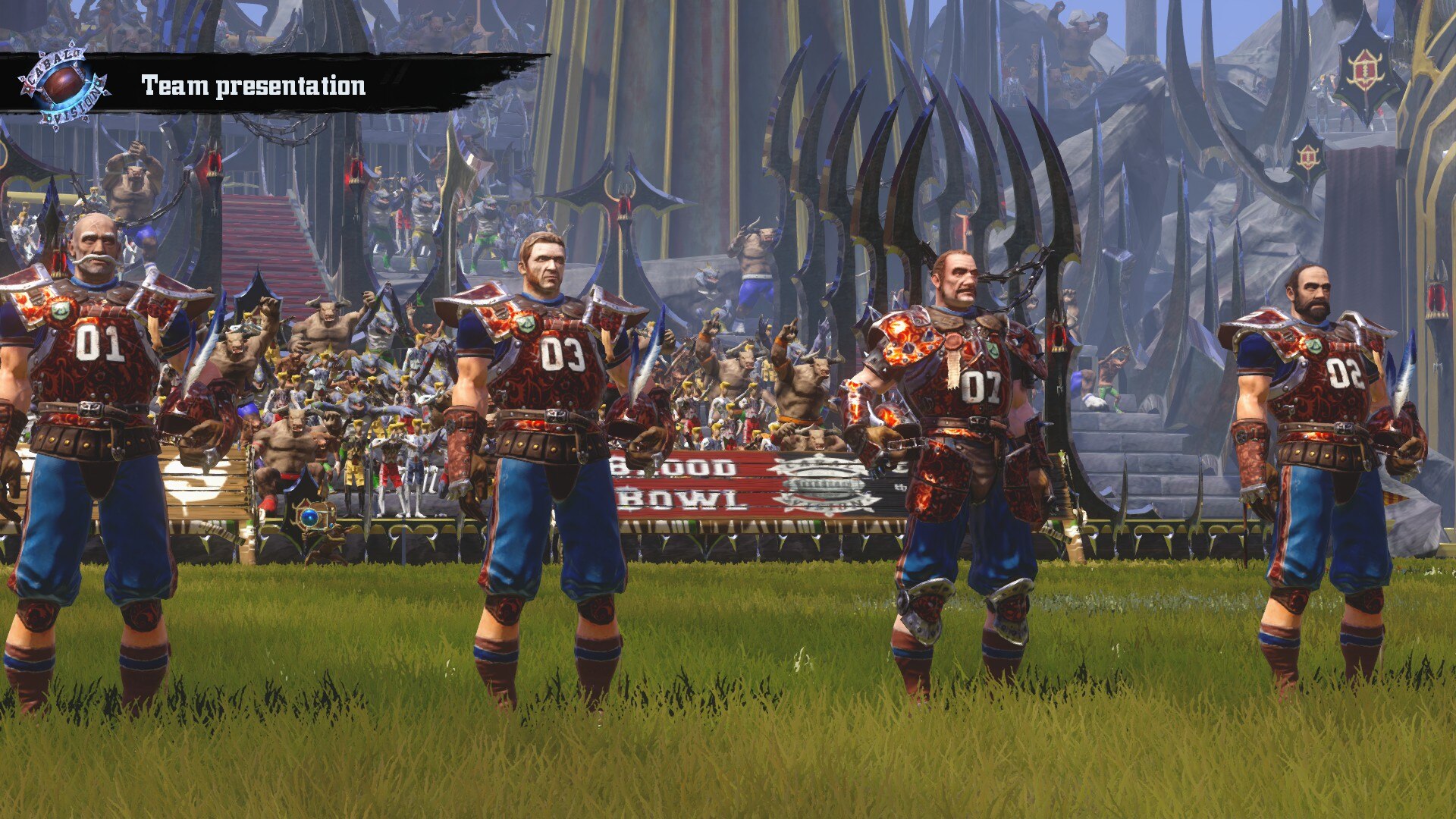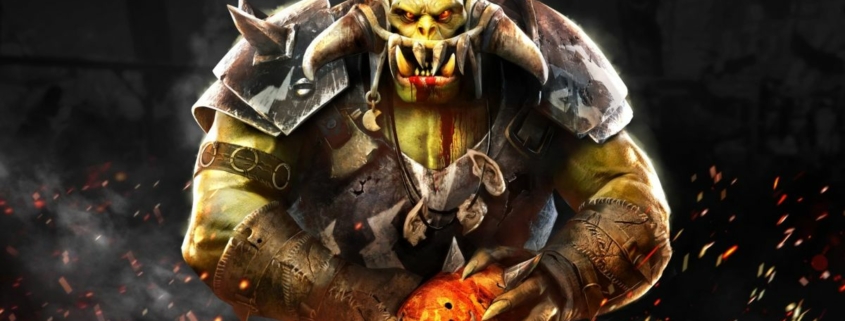Blood Bowl 3 is a hot mess, and not just because of its game-breaking bugs
I was planning to have a review of Blood Bowl 3 (opens in new tab) ready for you by now, but that’s proved impossible. In part because of a brief review period that included significant server outages and no less than three resets of my save, but also because the game is too fundamentally broken to make meaningful progress. With its release date coming up fast on Thursday, I’ve got serious concerns about the state of the game at launch.
For those unfamiliar, the Blood Bowl series is essentially American football with the fantasy creatures of the Warhammer universe—orcs and goblins in helmets and shoulder pads tackling elves and halflings, that sort of thing. It’s a direct adaptation of the tabletop game by Games Workshop (opens in new tab), a tense and exciting turn-based duel of violence, dirty moves and, occasionally, ball control. Blood Bowl 3 translates the latest edition to digital form for the first time.
Fans have been waiting a long time for this. Announced in 2020, it was originally planned for release in early 2021—but despite a two-year delay, it’s still sorely unfinished. The review build feels like something just about ready for Early Access, not a 1.0 release.
Every match is plagued with bugs. Some are merely irritating—such as players gliding around the field frozen in a pose or sprinting back and forth between the same two squares instead of moving, or even appearing in a different space from the one they’re actually in. Others mess with the flow of play, such as the ball indicator vanishing so you have to search around to see who has possession, or the outcome of an action being displayed before the animation for it has actually played out.
But there are much more serious issues. For example, when the game hits what I call ‘decision points’—moments when an action triggers a choice for you or your opponent, such as whether to use a dice re-roll or a special ability—it can take minutes to resolve while you sit there staring at a frozen pitch. And that’s if you’re lucky. In about a third of the matches I’ve played, particularly in singleplayer where the AI has to make choices, one of these moments has completely failed to resolve at all. That leaves the match locked up with no way to break out of it.
(opens in new tab)
To make matters worse, even in singleplayer there’s no way to save and quit out of these often 40 minute+ matches—if you leave, you’re conceding the match, and that’s it. That’s infuriating enough in a one-off friendly, but it’s ruinous in the competition sets that make up the campaign mode. One bugged match can mess up your overall results and, thanks to the upgrade system that requires gold and XP earned in matches, put you at a disadvantage for the whole competition. Needless to say, this makes progressing through the campaign an exercise in frustration.
I am admittedly playing a pre-release build, but it received several updates and server resets during the period to no noticeable improvement, and it seems to me like there are more rough edges than a day-one patch can realistically smooth over. But the real problem is, even if all the bugs are quickly fixed, there are more fundamental problems at play.
The game defaults to being always online, even for singleplayer, and you have to create an account on their server to play. If you want to go offline you can, but everything is totally separate—none of your progress or teams carry over between the two. That’s awkward enough even without the frequent account problems and server instability I’ve run into so far.
(opens in new tab)
Once you do manage to log in, you’re confronted with a messy, awkward UI that hides core features in unexpected places and forces you to keep moving between different areas just to perform basic functions like managing your team. Similar issues carry over into the matches themselves—readability is poor, and key information is lost in random menus. It’s constantly telling you about events without making their results clear or showing you where to find out more. Oh, one of the teams got a bonus—which one, and how is it applied? It just started raining—what does that mean? Er, why have giant tentacles emerged around the arena, and what do they do? The info can be hunted down, but never easily.
The teams themselves have their own presentation issues. By default, all players of the same type look identical—so, for example, your six elf linemen are all exactly the same, down to their faces and hairstyles. There are no customisation options at all, other than changing your whole team’s uniform colours and emblem. For a game based on a tabletop game that’s so much about making your models your own, it’s disappointing, but it gets actively insidious when you discover the shop.
In this menu, what should be your basic customisation options are sold as individual microtransactions—here a new headpiece, there an individual left glove, and so on. All of them are only applicable to one player type. The review build suspiciously does not reveal what any of these items cost, and it hasn’t allowed me to try out buying any of them—but even if they’re inexpensive, it’s a galling approach. Similarly concerning is the absence of many iconic teams from the pretty small roster, surely to be sold as DLC down the line.
(opens in new tab)
When it’s working, the core game is great—but what’s great about it is the rules written by Games Workshop for the tabletop. Blood Bowl shows its age a little even in the new updated edition, but it’s still a clever tactical puzzle that wonderfully emulates the drama of sports in a distinctly Warhammer package. Cyanide’s job wasn’t to tweak any of that core experience, but to translate it faithfully to digital form and build all the necessary functions around it—and based on what I’m playing right now, they have seriously stumbled in that effort.
It just feels very rough and fundamentally unfinished. All the little things, such as mutations not appearing visually on your players, or the small amount of badly written commentary lines immediately starting to repeat incessantly, or the strangely lifeless atmosphere of the stadiums—it all adds up to an experience that not only doesn’t serve the tabletop game well, it feels actively worse than its own predecessor. 
(opens in new tab)
Heading back into the now eight-year-old Blood Bowl 2 (opens in new tab), I find a better game on almost all fronts. More polish, more customisation, more teams, easy offline play… even the visuals compare favourably, making up for their age with clearer readability and charming details, such as player helmets being knocked off when they go down. The core game is still smooth and very playable—and though it’s based on the previous edition of the tabletop game, the changes there are minor enough that I don’t feel like I’m missing out.
My advice to even the most hardcore Blood Bowl fans is to stick with BB2 for now. This new sequel is shaping up to be a disaster on launch—and if it doesn’t receive some significant overhauls and a U-turn on its business model and server structure, I don’t see how it can become a worthy digital platform for the beloved wargame.




